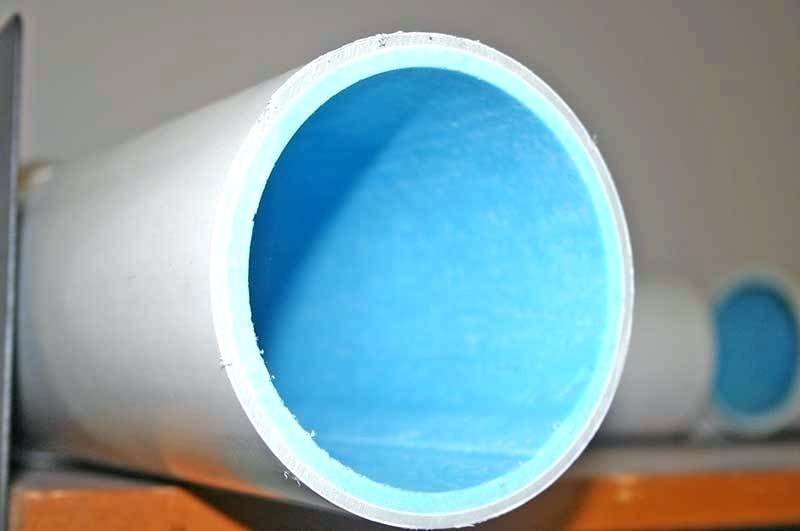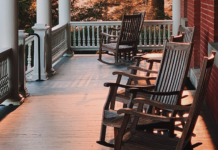Lining beneath the pipes are meant to repair the cracked pipes. In case there is a leak in your sewer lines or some other defects pop-up, you must start looking for a solution before things start getting worse.
Plumbing experts recommend that you must consider cheaper options first. For instance, relining the pipes is a way to restore pipes from leaks, cracks, or corrosion. This process preserves the landscape, property structure, and enhances the life span of the piping system.
While you may be willing to go for a full-fledged solution like a replacement of the entire piping, keep in mind, this tag along with considerable expenditure. Also, total sewer extraction can cause collateral damage to the surroundings.
Hence, the initial way out you must seek is relining — research your options and how they fit into your circumstances. An adequately laid groundwork aids you to opt for the best solution.
Types of Pipe Lining and their Durability
There are four types of pipe lining available these days. It is integral that you must study the process of each, the limitations, and the risks associated. Let’s explore some facts about pipe lining and how long it lasts.
⦁ Cured-in place Cured-in place piping is a process of fixing the trenchless piping system. Professional drain and sewer companies line the cracked section of the pipe. They start by cleaning the interiors of the pipe without making a trench.
Once dried, they apply lining to the problem points. Next, they mold the cracks through jets of hot water, UV light, or steam.
Remember, this kind of lining works better for large diameter lines where access costs are too high. And as per the surveys, this kind of lining lasts for a minimum of 50 years.
⦁ Pipe Bursting Pipe bursting is a trenchless sewer line replacement method that involves breaking pipes by splitting or brittle fracture. To have access to the pipe, the installers dig two four foot square pits at one or both ends of the pipe. They place a bursting head at one access point, and hydraulic power helps to drag the head through the pipe.
As the lining goes back in, it draws in a new seamless pipe in and breaks the older one. The construction crew will then retrieve the busted head from the second access point.
Although the process is a bit hectic and loud, you can save plenty of money. This type of lining lasts for up to 100 years.
⦁ Pull-in place This method works out the best for pipes with wide cracks and gaps. They drill the material within the pipe using steam. Then, they pull in the epoxy-saturated liner. As they are willing to pull the liner from a specific point, they need two points. One is to insert the liner, and the other one is to pull it out.
In the end, air blows into the pipe for opening the sleeve. It’s vital to hold it besides the inner wall of the pipe to let it dry.
The design can withstand more than 40 years of use.
⦁ Internal Pipe Coating There is a wide variety of plumbing materials used in the lining. And for some materials, we can opt for easy solutions like pipe-coating.
This is the process that involves applying epoxy inside the drain to fix cracks, corrosion, holes, and root intrusion damage. A pump and a flexible metal tube is the equipment used in this process. It pushes epoxy through the tube and into the drain. Meanwhile, the rotating brush keeps applying the resin.
It works best for long pipes and sectional drain fixtures. The pipe coating and pipe lining methods seem to be similar. However, each has different advantages and limitations that you must understand before going for either one.
This method also lasts for around 50 years or more.
Final Word
Make sure that the method you choose fits your circumstances. The desire to save money should not be the only driving factor when you choose pipe lining. You never know, just for the sake of saving a few bucks, you welcome a whole new mess for yourself that eats a huge chunk of your money. If the system requires full evacuation, then you must go for it. Otherwise, there will be double effort when the lining ruins quickly.
Plus you must make sure that you are working with a professional pipe lining installer. If a community is willing to line up the pipes, they must find a re-pipe bid at the same time. Perhaps, re-piping is cost-effective and more durable than all other options.
All we have to state at the end is, seamless piping can last for generations. Make sure you play safe during selection.
If there is anything you feel we’ve missed or any new developments in the field, let us know!







